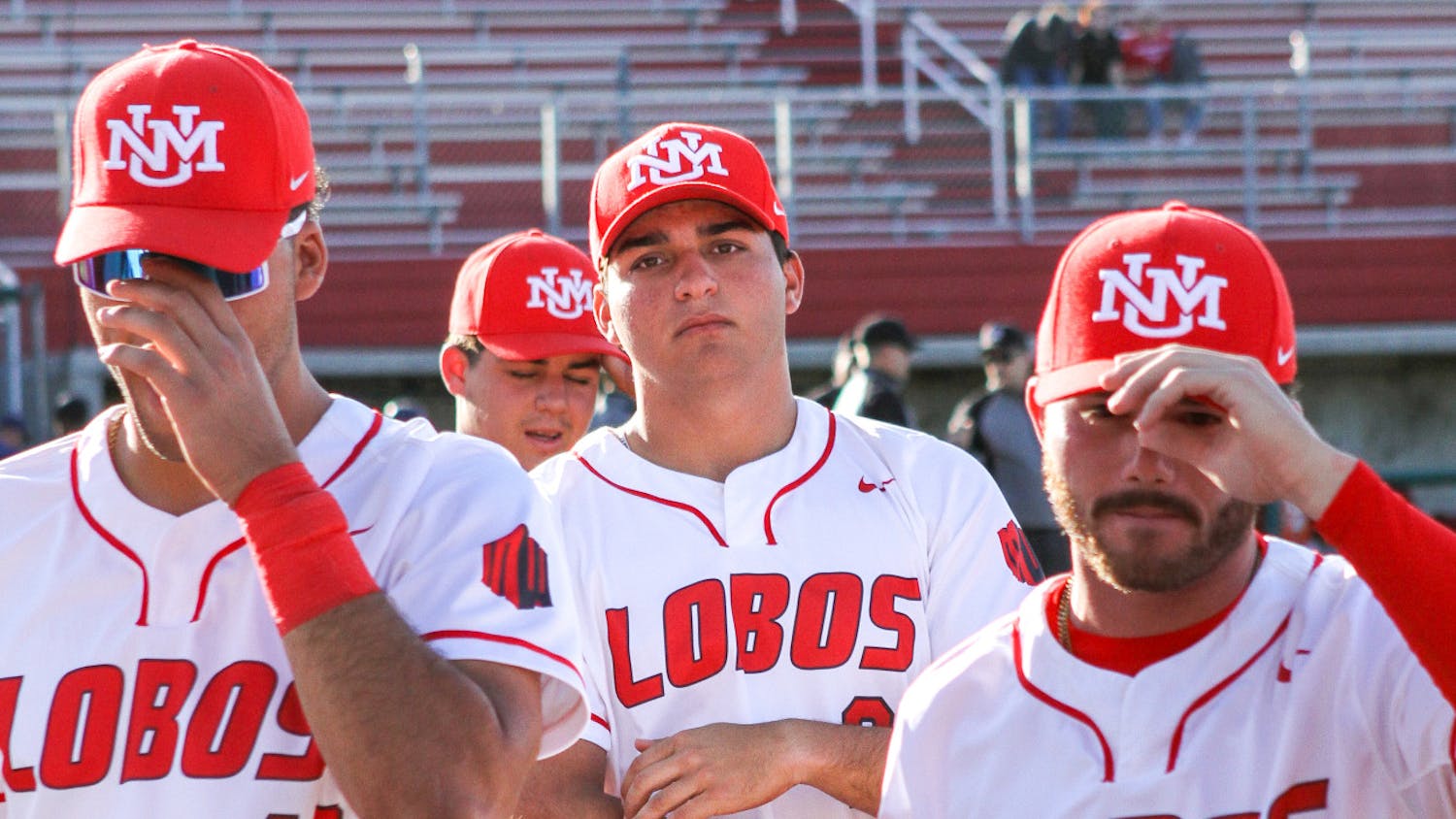Since 2014, Joe Kee Jr. and Jennifer Wheeler have been translating and dubbing the script of the popular film “Finding Nemo” into Navajo through the Navajo Nation Museum, in the hopes of preserving the language for future generations.
Navajo Nation Museum Director Manuelito Wheeler said the translated film recently premiered publicly throughout New Mexico, Arizona and Utah.
He said there will eventually be future screenings once the museum finalizes a DVD release on April 26, when DVD copies will be available at the Navajo Nation Museum gift shop and Walmart.
Both Kee and Jennifer Wheeler also helped translate “Star Wars Episode IV: A New Hope" in 2013, which was a prime reason for placing them in this role, Manuelito Wheeler said.
Kee is a UNM Gallup Campus Associate Professor of Navajo Language and has been teaching the Navajo language for nearly 20 years.
Kee said it is easy to make minor errors in pronunciation when it comes to speaking Navajo, which could alter the meaning of the words entirely.
Throughout the film, he said, he made sure the integrity of the Navajo language was maintained for accuracy, which involved teaching, coaching and providing feedback to over 60 voice actors.
Jennifer Wheeler served as a Navajo language consultant for the Navajo Nation Museum.
She has over twenty years of experience teaching the Navajo language and, prior to 2014, she was also an assistant English professor at UNM’s Gallup location.
She said she and Kee aimed to make the story flow as smoothly in Navajo as it does in English.
“We wanted the humorous parts to be as humorous but in Navajo cultural context,” Jennifer Wheeler said.
She said she also worked with children, who were able to pronounce and repeat words along with phrases and sentences on their own with little help.
Get content from The Daily Lobo delivered to your inbox
They also worked one-on-one with Fall Out Boy’s Patrick Stump, who sang “Beyond the Sea” in Navajo at the end of the film.
“This was another historic occasion for the Navajo Nation, as this would be only the second time, and a first for an animated version, that a major motion picture would be translated into a Native American language in its entirety,” Kee said.
During the premiere, many theaters filled to maximum capacity, Kee said.
“‘Finding Nemo' garnered the attention of the young Navajo population,” he said. “It allowed families to come to the theaters to watch an animated film in their own language. It was a humbling experience to witness the children’s eyes and ears light up while recognizing Navajo words and phrases on the big screen and having a conversation with their parents and grandparents about it. That’s something that we really wanted to see happen. The film’s final product was truly a success.”
Jennifer Wheeler said that, during the cast and crew premiere, the voice actors seemed to enjoy the film, while the audience cheered, applauded and laughed through the entire movie.
“The Disney and Pixar executives who attended the premiere seemed very pleased with the turnout. Mr. Stump was certainly excited and appreciated everyone’s applause and reaction to his performance [as well],” she said.
Kee said aside from film, Navajo can also be spread through glamorizing the language and having native speakers converse with non-speakers.
After working on “Finding Nemo,” he said he now holds the hope that young people will genuinely appreciate the language and begin reading, writing and speaking Navajo in their homes, schools and on social media outlets.
“Language is part of our existence as Navajo people, and it sets us apart and allows us to communicate with one another with words which otherwise will change or lose its core meaning in another language,” Kee said. “It is necessary for the younger generation to identify and honor their heritage language by communicating with their non-English speaking elders. The Navajo language dwells in a person’s spiritual, physical and emotional senses and allows for a deeper appreciation and expression of oneself.”
Jennifer Wheeler said keeping Navajo language alive is important to the Navajo people.
“Because that is what makes us who we are; our language and culture define us and our identity. Navajo is my first language, and I was taught by my parents and grandparents that to live life to the fullest and to succeed in this world, we need to know who we are, we need to know what our foundation is, [by knowing and appreciating] our language and culture as Navajo people,” she said. “As a nation, it is up to us Navajo people to teach our younger generation to keep it alive.”
Elizabeth Sanchez is a reporter for the Daily Lobo. She can be reached at news@dailylobo.com or on Twitter @Beth_A_Sanchez.





